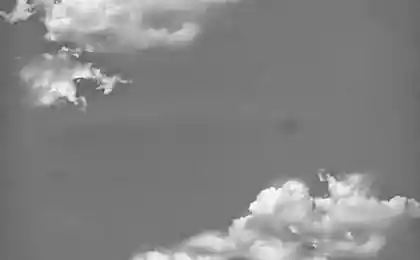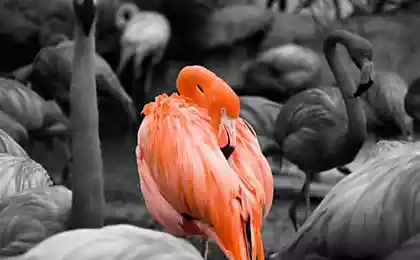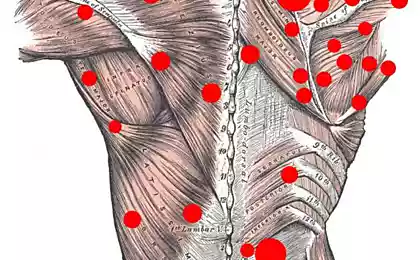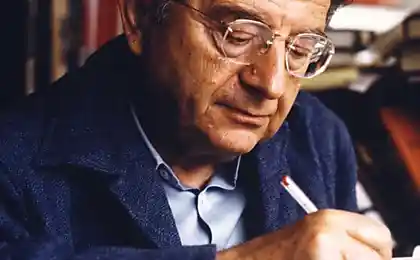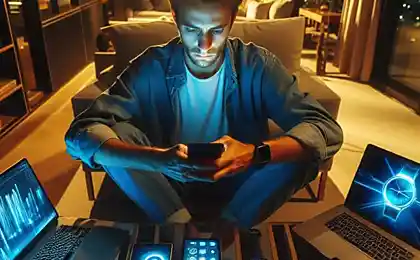629
Criteria for choosing a school microscope

In the knowledge of the external environment, it is very important to know the smallest particles of organisms and objects. To do this, microscopes are used, which have magnification systems and other additional functionality.
Choosing a school microscope
If you are going to choose a children's microscope, which will be suitable for all characteristics for use by a student, then you should pay attention to such models:
- stereoscopic - it has a small magnification, which does not exceed forty times, but makes it possible to consider details on the surface of transparent and opaque objects of quite large sizes. For primary school or when starting to get acquainted with such devices and nature, the use of this type is optimal. Since it is not necessary to do drugs of objects when using this device, its use is greatly facilitated;
- Monocular microscopes are devices that have one eyepiece. The magnifying powers of this species are higher than the previous one. For children who are finishing primary school and a little older, this device is quite suitable. It allows you to consider smaller details, such as slices of vegetables and fruits, animal hair or water droplets. Such a microscope can support the child’s interest in science.
- digital or optical microscope - you can connect the camera to it and transfer the image to other digital media, display on the screens of smartphones and computers. This type is better to use in secondary and high school, since at an earlier age it will be quite difficult to deal with it.
For each educational institution and, in principle, in places of large crowds of people, it is desirable to buy a bactericidal lamp in the classrooms and corridors and from time to time cleanse harmful bacteria. You can buy such a lamp, as well as microscopes and a large number of other products for laboratory use from the company Micromed, which has been engaged in this direction for more than twenty years.
Microscope optics
This is one of the most important components on which all the capabilities of the device are built. For children of primary school age, you can buy a microscope with plastic optics, but it is best to buy high-quality models with glass optics. Then there will be no distortion of the image and fuzzy picture.
Choosing a focusing system
The clarity of the picture also depends on the focus. If the magnification in the device does not exceed 400 times, then rough focusing can be used. If the multiplicity is above 400 and you need a device with the ability to fine-tune the clarity, then fine focusing is mandatory.
Choice of lighting
There are two options for lighting in microscopes for children:
- mirror - when using which daylight is required;
- lamp - in which LEDs are used. You can use this backlight from above and below, so that almost do not depend on daylight.

